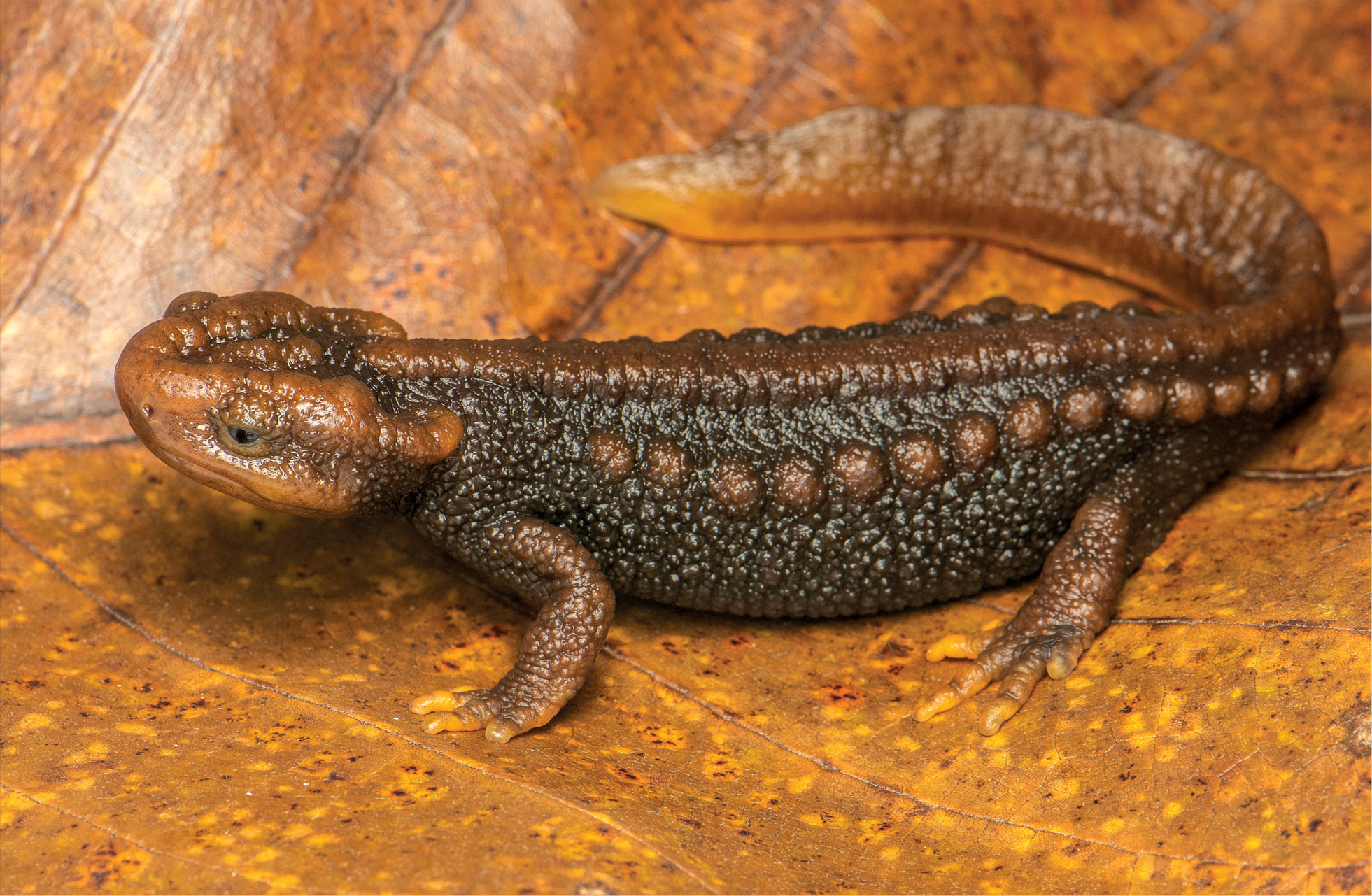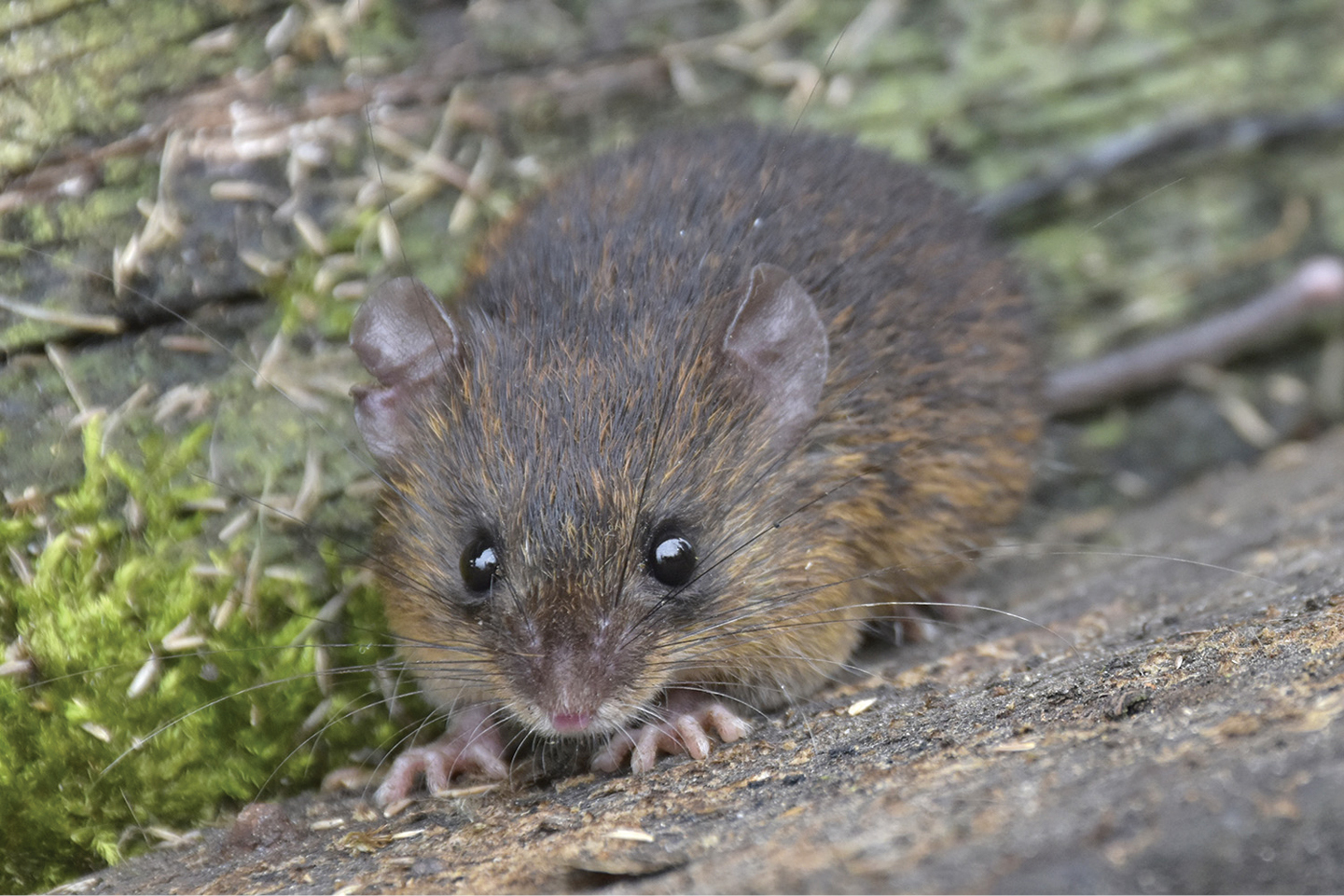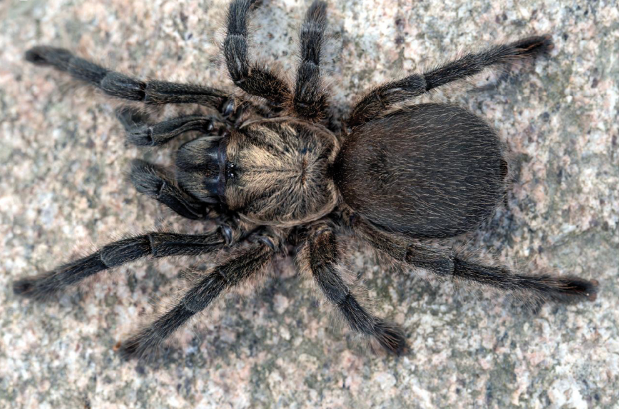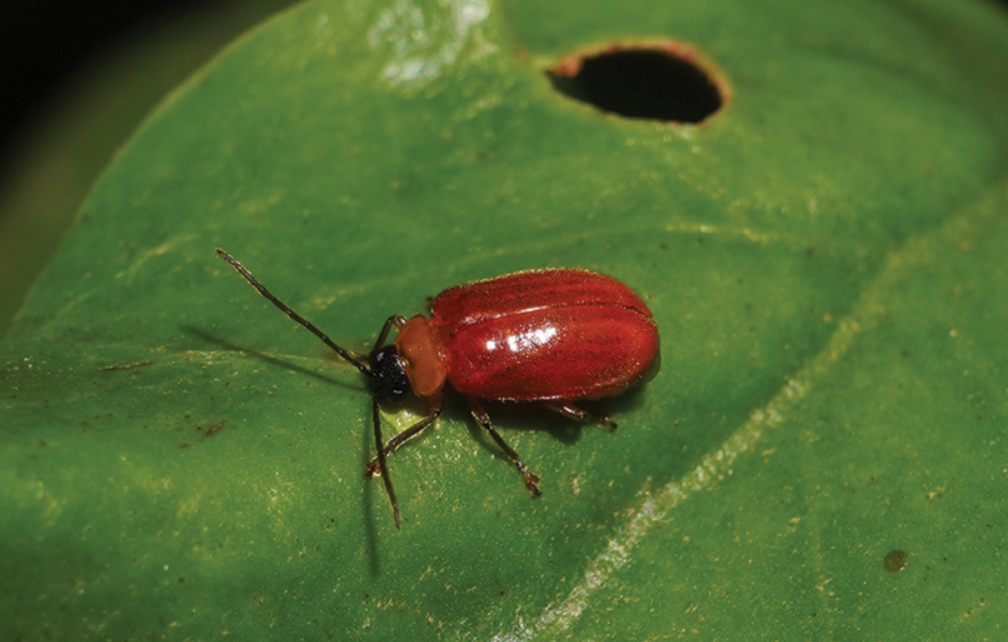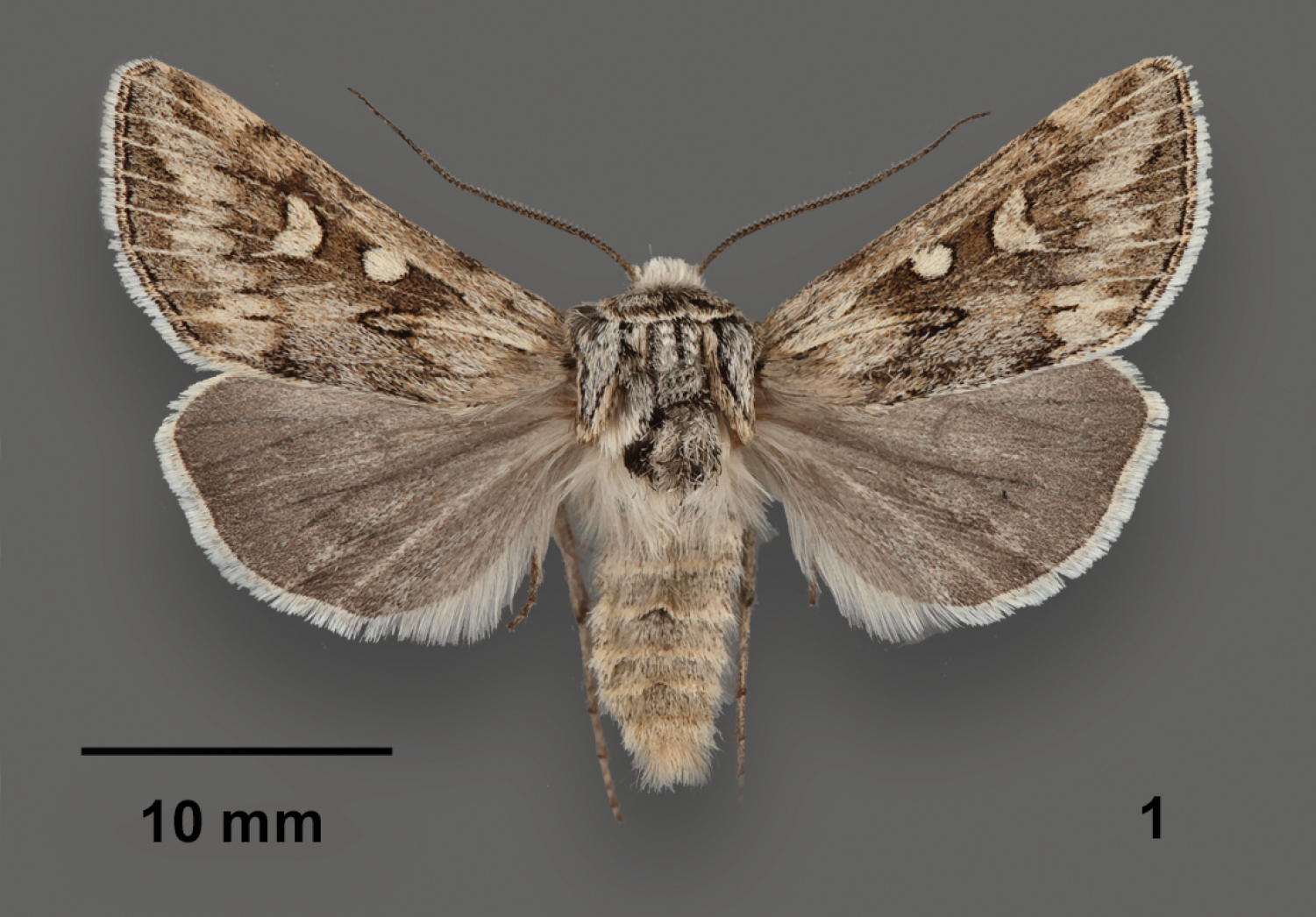by Piter Kehoma Boll
Dear readers,
As you may know, I am the editor-in-chief of the journal Neotropical Biology and Conservation.
We are now preparing a Special Issue on Biodiversity and Research in Central America.
Central America hosts about 5–12% of the world’s biological diversity and is often referred to as a hyperdiversity hotspot in the Neotropical region. Amongst others, it is one of the top five most diverse regions for vascular plants. Because of its geographical placement, Mesoamerica is a key area for understanding both ecological and evolutionary processes to which tropical species are subjected. The dynamic landscape of Central America had a direct impact on the diversification and colonization of biota in the isthmus, thus creating new niches. Despite the region’s potential for investigation, relatively little attention has been given in comparison to other Neotropical regions. This special issue aims to create a space to promote research conducted in this unique and diverse region and to give it the recognition it deserves.
If you think your research is suitable for this Special Issue, we invite you to submit a manuscript. The submission deadline is 30 December 2023.
All manuscripts submitted and accepted to this special issue will be published free of charge. This is a great opportunity to publish your work open access for free!
The editors of this special issue are Monika Lipińska, Maria Mercedes Lopez-Selva and José Monzón Sierra.
We are looking forward to receiving your manuscripts!










